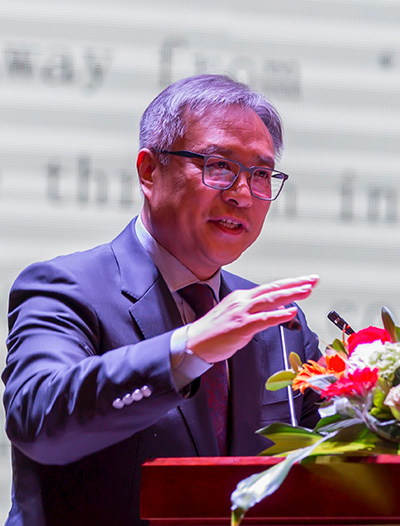 |
|
Lyu Zhou,Tsinghua University architecture professor.[Photo provided to China Daily] |
He also mentions how Buddhist architecture changed after arriving in China.
Buddhist stupas - dome-shaped shrines that house relics - were infused with the local belief that sacred people "dwell on high" and evolved into what became known as tacha - the top part of a pagoda that's seen as a symbol of China's wooden pavilions.
Changes in architectural style followed the voyages of Tang Dynasty (618-907) monk Jianzhen (688-763) to Japan, during which he brought Buddhism to the country.
Chinese silk and porcelain promoted social and economic development along the ancient Silk Road and changed Westerners' lifestyles, while furniture, especially chairs, introduced to China since the Tang Dynasty changed Chinese people's habit of sitting on the ground, Lyu says.
Chinese later infused such furnishings with local aesthetics and craftsmanship, and, during the Ming Dynasty (1368-1644), developed a furniture style that represented a pinnacle of art and skill.
"Cultural exchanges help us develop our own civilizations. It's mutual development rather than diminishing diversity, so that every civilization would benefit through the process. That's why we invite our neighbors to discuss Asian problems together," Lyu told Mobiheritage, an academic WeChat account that focuses on cultural-heritage preservation, after the session.